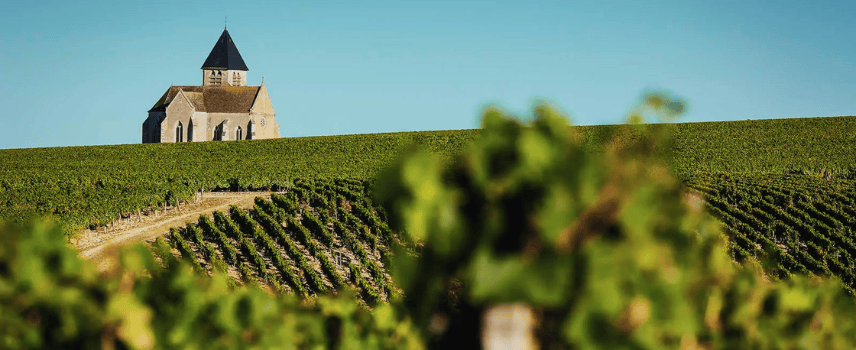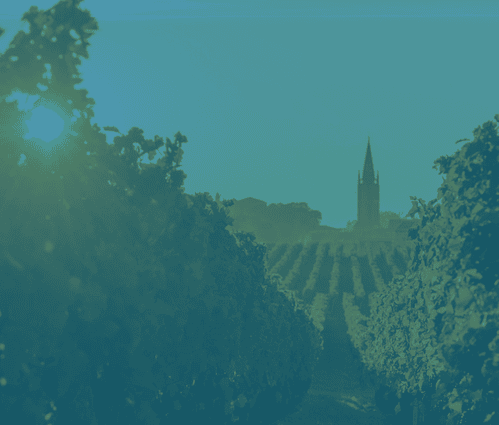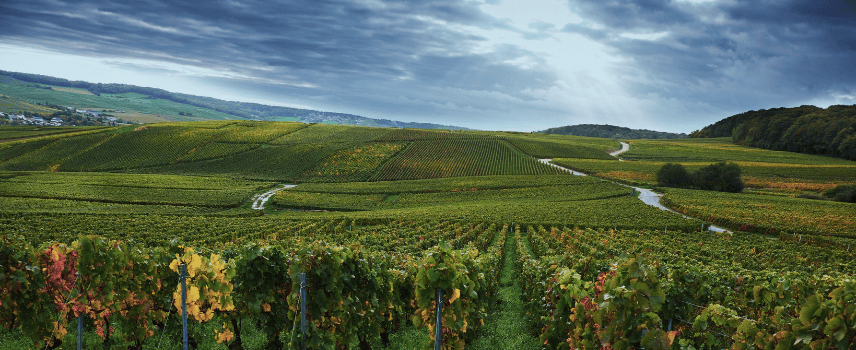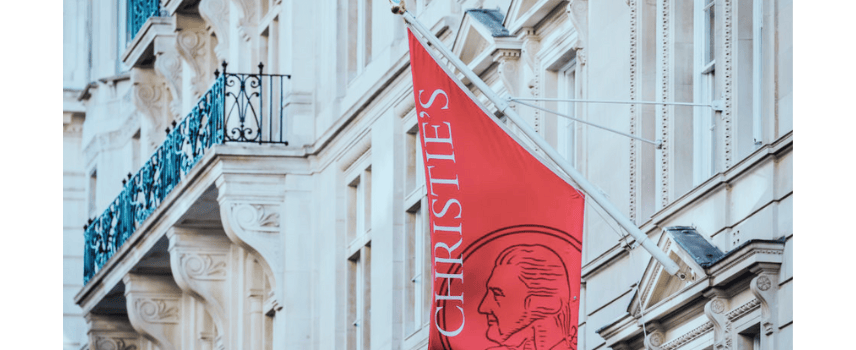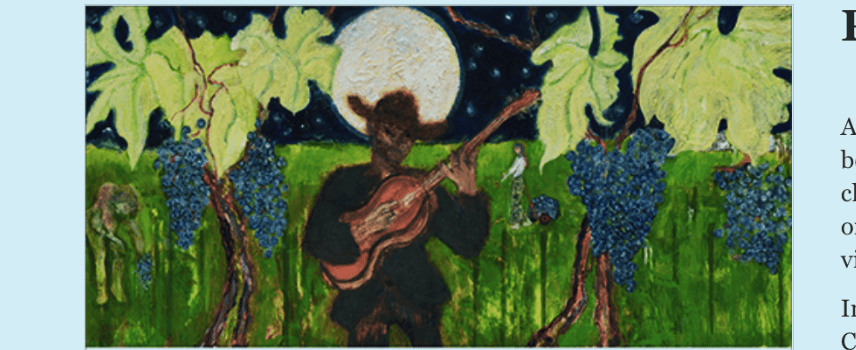While Chablis declared 2021 to be a ‘complicated’ year, 2022 has proven to be a real contrast, with the Chablis Commission having declared this year’s harvest to be a healthier and overall higher-yielding one.
Paul Espitalié – president of the Chablis Commission – commented that 2022 was a much more dynamic vintage when compared to 2021, as the years before it had ushered in ‘challenges for winemakers in Chablis with the changing and unpredictable climate’.
Many winegrowers in Chablis rejoiced after the harvest this year as yields were plentiful and almost up to the maximum amount permitted. Because of this, the commission is hopeful that the region will be able to make up some lost ground with regards to volumes for export markets, where the UK still holds the top spot.
Espitalié commented that: ‘The UK continues to be our most important export market and we believe a key element to the continuing success of Chablis wines’. He also added that one of the commission’s main focuses is to increase consumer awareness of both Petit Chablis and Chablis wines.
‘These appellations have just as much to offer the market, particularly in the current financial climate in terms of offering great value wines,’ he said.
The 2022 harvest’s wines will be available in the UK shortly. Over the course of a year, a total of 3.8 million bottles were sold in the UK in 2021 – 2022.
Looking ahead, 17% of all Chablis vineyards are currently 100% organic and the subregion is also on track to hit the Burgundy-wide target of becoming carbon neutral by 2035. The aim of these initiatives is to improve the vineyards’ health and protect the local industry for the years to come.
Read more about the potential of Burgundy’s 2022 harvest here.
